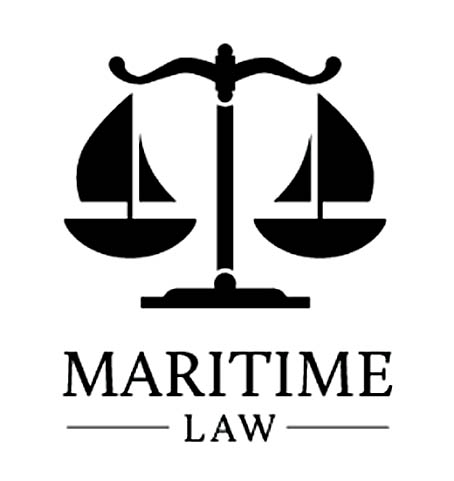A recent accident on the cold waters of the Baltic Sea resulted in criminal charges being filed by authorities. In December 2021, two cargo vessels collided in the shipping lanes between Bornholm, a Danish Island, and Ystad, a town in Sweden. One of the vessels was the 295-foot British vessel Scot Carrier. The other was the 180-foot Danish self-propelled barge Karin Høj.
The collision claimed the lives of two crew members of the smaller vessel. Danish authorities charged a crew member of the larger vessel with negligent manslaughter. They alleged he was under the influence of alcohol during his watch. Criminal charges arising from accidents at sea are not something unique. Various maritime laws throughout the world impose criminal measures for accidents resulting in the loss of life of crew, passengers, or others due to wrongful acts. Based on specific laws, it might not matter whether the underlying acts were intentional or negligent.

In the United States, the Seaman’s Manslaughter Statute provides criminal penalties (up to 10 years imprisonment, fines, or both) when loss of life results from wrongful acts involving vessels. This is codified under 18 U.S.C. § 1115. Under the Seaman’s Manslaughter Statute, “captains, engineers, pilots or other persons” can be prosecuted for misconduct, negligence or inattention to their duties.
The law allows for “owners, inspectors, charters and public officers” to be prosecuted for fraud, neglect, misconduct, connivance or violation of law. The law also provides for liability for corporate management. Although not widely known by the public, the law has come up in a number of recent maritime accidents.
The Seaman’s Manslaughter Statute was used when the Staten Island Ferry Andrew Barberi crashed into a concrete pier while traveling close to its sea speed of around 17 knots. Eleven counts of seaman manslaughter were filed, in addition to other charges. Aside from the matter of the criminal charges in the October 2003 ferry accident, the City of New York also attempted to limit its losses by trying to invoke limitation of liability. However, this attempt was unsuccessful after the National Transportation Safety Board cited the City’s poor oversight and failure to provide its fleet with effective safety measures.
The Seaman’s Manslaughter Statute was also applied near the turn of the century when the steamer General Slocum was tragically consumed by fire on the East River in 1904. The victims were largely women and children hoping to attend a picnic at Locust Point on Long Island. A federal grand jury indicted the captain, two inspectors, and officers of the steamship company that operated General Slocum. Only the captain was convicted, later pardoned by President Taft after serving three and a half years in prison.
Whether through maritime or general criminal law, authorities have a range of statutes and codes available in such settings. When a former DUKW tour boat sank in 2018 after encountering severe weather on Table Rock Lake, near Branson, Missouri, the U.S. Department of Justice filed criminal charges. The federal indictment included 17 felony charges of negligence and misconduct (a charge for each passenger). The indictment also contained misdemeanor counts for operating a vessel in a grossly negligent manner and recklessly endangering the lives of the 13 survivors of the tragic sinking.
In criminal law, there is a distinction in taking a life intentionally in a cold-blooded manner, and doing so unintentionally. The first instance is commonly recognized as murder. Penal codes throughout the nation could differ as to the exact definitions used. In contrast, manslaughter generally requires a mental state showing gross negligence or heat of passion.
The Seaman’s Manslaughter Statute imposes a low threshold, requiring a showing of only ordinary negligence. What does this distinction mean in practical terms? It means that prosecution could be easier under maritime law. The criminal law standard of gross negligence involves a higher threshold of wrongdoing than the maritime standard of ordinary negligence.
Like many maritime laws, the Seaman’s Manslaughter Statute was created to foster safety and protect lives on the water. In the 1800s and early 1900s, safety standards aboard commercial vessels were vastly different from those of today. Looking at accounts of maritime accidents from those days, one is saddened to read about rotted fire hoses bursting when pressurized with water, or lifejackets with barely enough buoyancy to keep even their own weight afloat. Some of the disappointing practices and safety philosophies of this era led to laws such as the Seaman’s Manslaughter Statute, in the hopes of saving lives at sea.
